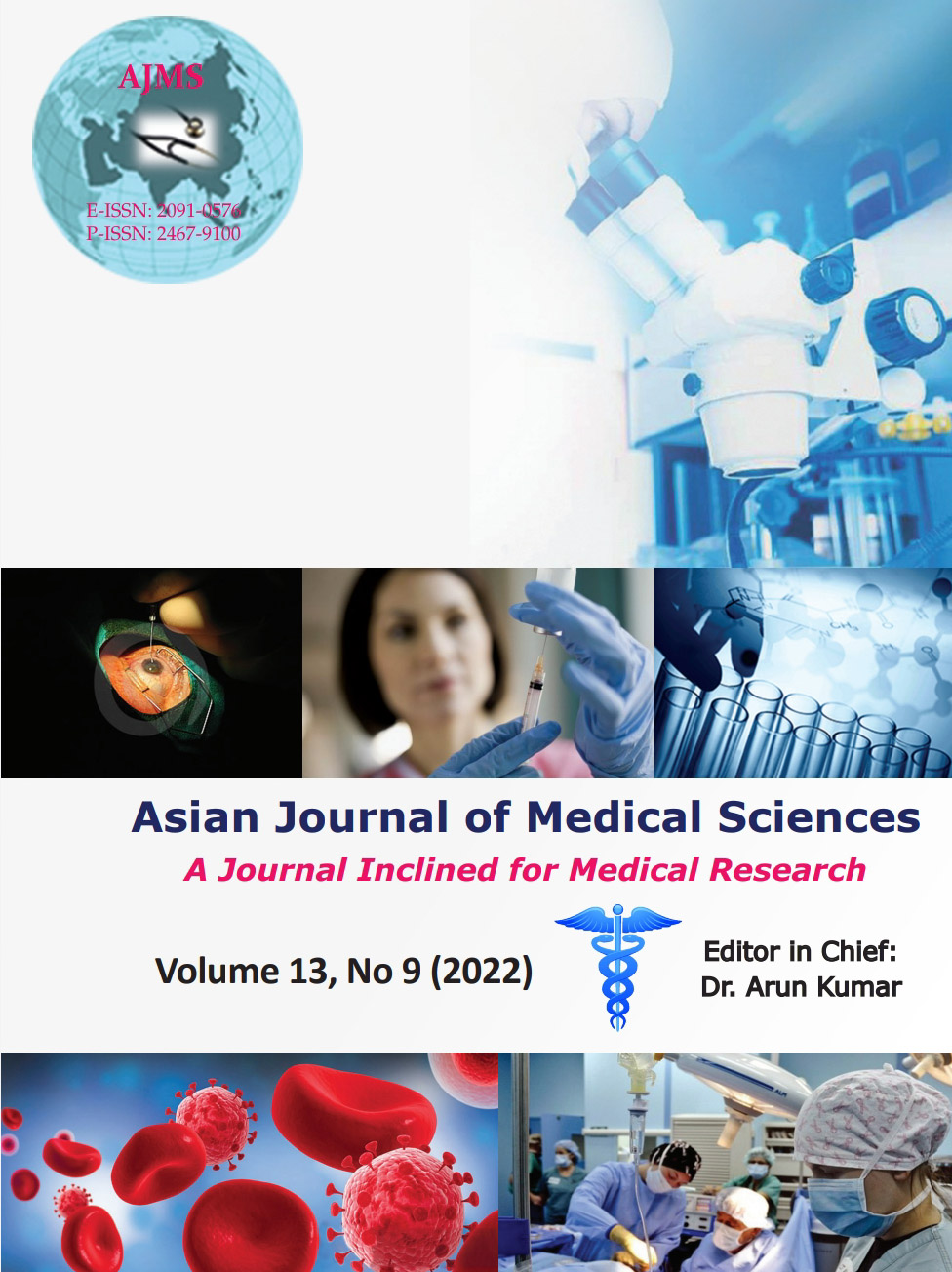Clinicoepidemiological profile and outcome among children with acute encephalitis syndrome from Central India
Keywords:
Acute encephalitis syndrome; Clinical features; MortalityAbstract
Background: Acute encephalitis syndrome (AES) is defined as the acute onset of fever and a change in mental status and/or new onset of seizures (excluding simple febrile seizures) in a person of any age at any time of the year.
Aims and Objectives: The objectives of the study were as follows: (a) To study clinicoepidemiological profile and outcome among children with AES admitted at M.Y.H. Hospital and MGM Medical College, Indore, M.P., and (b) to study prognostic factors associated with bad outcomes.
Materials and Methods: This prospective observational study was conducted over 12 months (July 2019–August 2020) at the pediatric department of our hospital. Inclusion criteria: Inpatient children aged 6 months–14 years meeting the case definitions of acute encephalitis syndrome. Exclusion criteria: Simple febrile seizures.
Results: Out of 50 AES cases, majority were between 1 and 5 years of age (40%). There were more males 31 (62%) than 19 (38%) females. Most of the cases were reported during the monsoon period 29 (58%) followed by post-monsoon 13 (26%) and pre-monsoon 8 (16%). Out of 50 cases, all had fever and altered sensorium, 37 (74%) had convulsions, 14 (28%) had vomiting, and 9 (18%) had headache. Out of 50 cases, 42 (84%) had viral etiology including 7 (14%) of dengue encephalitis and 1 (2%) of case of human immunodeficiency virus encephalitis. Only 5 (10%) cases had bacterial etiology. Those who needed inotropes and mechanical ventilation showed significant mortality.
Conclusion: The peak of AES cases occurred during the monsoon period. A higher proportion of such cases had viral etiology on cerebrospinal fluid analysis. Use of inotropes and mechanical ventilation was identified to be associated with significant mortality.
Downloads
Downloads
Published
How to Cite
Issue
Section
License
Copyright (c) 2022 Asian Journal of Medical Sciences

This work is licensed under a Creative Commons Attribution-NonCommercial 4.0 International License.
Authors who publish with this journal agree to the following terms:
- The journal holds copyright and publishes the work under a Creative Commons CC-BY-NC license that permits use, distribution and reprduction in any medium, provided the original work is properly cited and is not used for commercial purposes. The journal should be recognised as the original publisher of this work.
- Authors are able to enter into separate, additional contractual arrangements for the non-exclusive distribution of the journal's published version of the work (e.g., post it to an institutional repository or publish it in a book), with an acknowledgement of its initial publication in this journal.
- Authors are permitted and encouraged to post their work online (e.g., in institutional repositories or on their website) prior to and during the submission process, as it can lead to productive exchanges, as well as earlier and greater citation of published work (See The Effect of Open Access).




